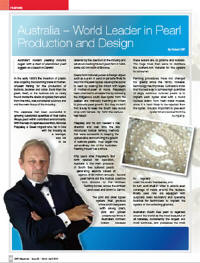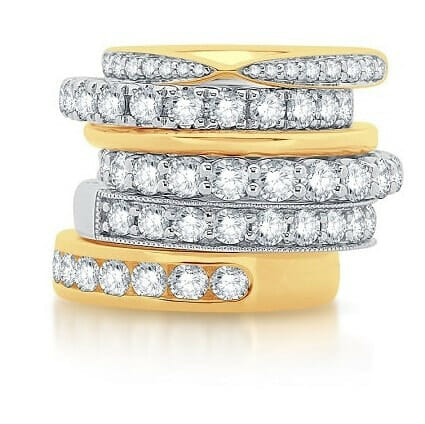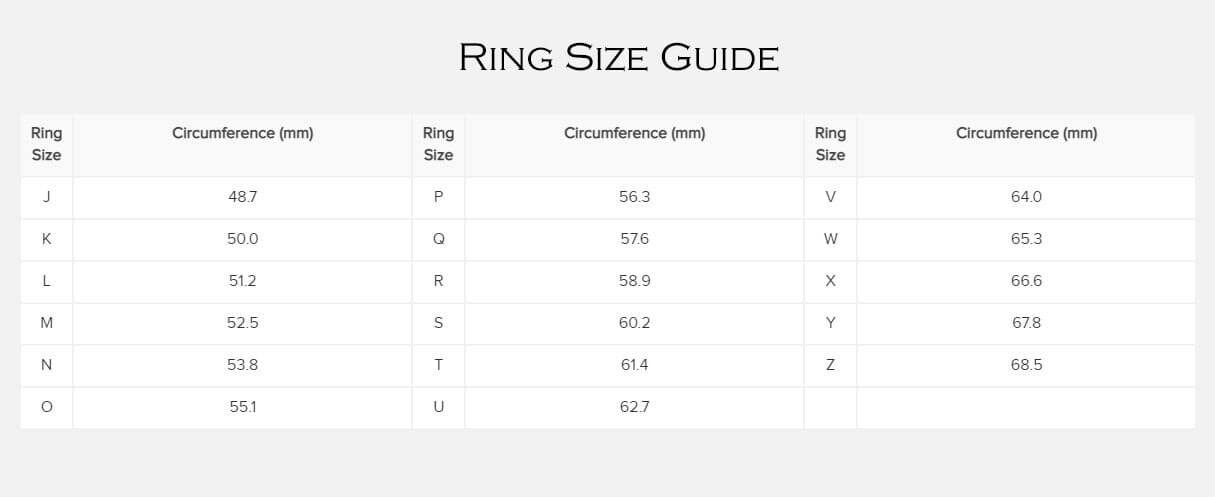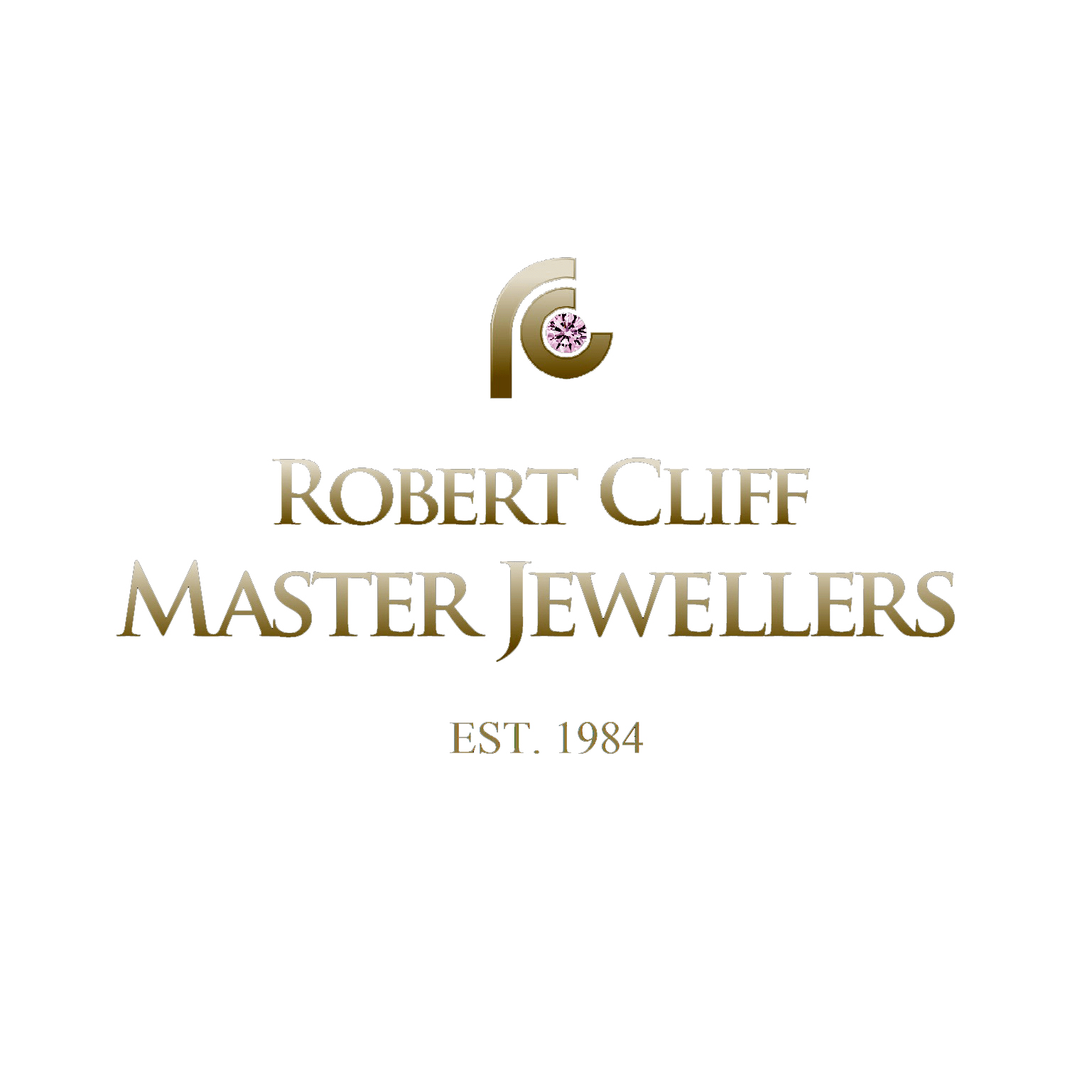Australia’s modern pearling industry began with a fleet of abandoned pearl luggers on a beach in Darwin!
In the early l950’s the invention of plastic was crippling the booming trade of mother-of-pearl fishing for the production of buttons, buckles and cutler. Back then, the pearl itself, the lustrous orb so rarely found inside the shells of oysters harvested from the wild were considered a bonus and not the main focus of the industry.
The Japanese had been successful in growing substantial quantities of their native Akoya pearl within controlled environments. With the help of Japanese scientists, Nicholas Paspaley, a Greek migrant who fell in love with the industry as a teenager, was not to be deterred by the down-turn in the industry and set about creating his own pearl farm in l956, some 420kms north of Broome.
Pearls form naturally when a foreign object such as a grain of sand, or parasite, finds its way into the pearl oyster, causing the oyster to react by coating the irritant with layers of mother-of-pearl, or nacre. Paspaley’s team intended to simulate this by retrieving the indigenous south Sea oyster from the sea bed and manually inserting an irritant to promote pearl growth. They couldn’t find a way to keep the South Sea Oyster alive until harvest. By l970 the venture had failed!
Paspaley and his son needed a new direction and over time, the two introduced radical farming methods that were successful in keeping the oysters alive and nurturing the growth of cultured pearls, thus the beginning of the extraordinary rise of the Australian Pearling industry as a whole.
Fifty years after Paspaley’s first farm opened for operation, Australia is the main producer of South Sea cultured pearls, generating exports valued at approx. $180 million annually. Several pearl farms dot the tropical coastline from Broome to the Northern Territory border, across the Arnhem Land coast and down to Cairns.
The gold and silver lipped oysters that produce white south sea pearls with silvery, cram, pink and golden undertones thrive in Australia’s northern waters because these waters are so pristine – isolated and the huge tides serve to distribute the nutrient-rich material for the oysters to consume!
Farming procedures has not changed too greatly since the l970’s however technology has improved. Cultivators know that the best way to achieve high quantities of large, luminous cultured pearls is to implant each oyster shell with a round nucleus drawn from fresh water mussel, since it is least likely to be rejected from the oyster. It is also important to give each oyster time to recover from the surgery, to regularly clean the shells themselves, to turn each shell in order – to ensure even coverage of nacre around the nucleus. Boats used now are equipped with surgically clean laboratory and operating facilities for technicians to implant the oysters at the collecting grounds.
Australian South Sea pearl is regarded around the world as the most beautiful of all varieties, consistently the largest, the most luminous, and possesses the most prized natural colour.
Initially, Japan has absorbed the vast majority of Australia’s South Sea pearl production, due to the considerable demand for large, white pearls to be set as engagement rings. Now Europe, the US and the rest of Asia are vying for hefty slices of the product.
Australian pearl farms are currently producing just under three tonnes of white South Sea pearls per year – 260% increase in production compared with six years ago. While Indonesia is the biggest producer of South Sea pearls, Australia is the leader in value with a market share of almost 50 per cent. Of all produced in Australia, just 2 to 4 percent remain in the country for local use. Vast majority are exported to the US, Japan, Hong Kong and Europe. Globally, the global pearl farming market is estimated at $US1.5 billion, a figure tipped to double by the end of this year, 2010.
A few facts of interest!
- South Sea Pearls – come in white and black, primarily cultured in the northern waters of Australia, the Philippines and Indonesia, range in size from 8mm right up to 20mm and come in various shapes, and don’t require bleaching, tinting, or dying. The black ones are found over a wider area stretching from the Cook Islands, eastward through Tahiti and beyond.
- Tahitian Pearls – Cultured in the atoll and lagoons of the South Pacific, tend to be more “drop” in shape, size vary from 7mm-15mm. Light grey to black with shades of green and purple. More expensive than Akoya Pearls, but cheaper than South Sea varieties. Rarest colour is peacock green.
- Akoya Pearls – Farmed mainly in Japan and China, primarily round or oval in shape, measure a relatively small 2mm-10mm, ranging in colour from pinkish white to cream and silvery blue. They are the pearls most used internationally in necklace strands.
- Freshwater Pearls – Found in bays and rives in Japan, China and the US. Cultivated from freshwater molluscs and are less lustrous than salt water cultured pearls, their low price and unique colours and shapes have made them popular in recent years.
- Kasuminga Pearls – a new type of pearl that comes from a lake northeast of Tokyo. Te mussels are crossbreed between Japanese and Chinese freshwater mussels, implanted with round or flat seeds. Kasuminga pearls come in rosy hues of light to dark pink.
With Australian pearling companies experiencing steady growth, even though a young market, it has already established itself as one of the country’s most lucrative.
I believe there is a slight pearl renaissance at the moment. The most sought after pearl is still the round pearl with high lustre and a pink hue.
From a man’s perspective, pearls are a safe gift because pearls are a staple part of a wardrobe just like a good pair of jeans!
More coming soon…












